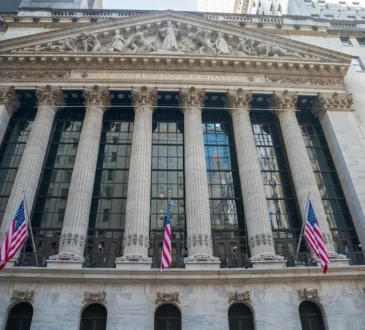
AI has become a part of everyday life for many people. From planning what’s for dinner to helping draft a delicate email, it’s woven into the fabric of many essential tasks — including investing. Through artificial intelligence, average investors now have access to enhanced research and analytical tools that can help them make smarter, more efficient decisions.
Explore More: Most Experts Say Buy Index Funds. Charles Payne Says Do This Instead
Learn About: 3 Advanced Investing Moves Experts Use to Minimize Taxes and Help Boost Returns
Just as AI has reconfigured daily routines, it’s also reshaping the stock market. Lel Smits, an award-winning entrepreneur, global finance strategist and managing director of The Stock Network, isn’t surprised by how quickly and quietly AI is becoming integral to modern investing. In her years of watching the market, she’s seen AI shape new trends that will impact investors’ wallets.
GOBankingRates caught up with Smits as part of our Top 100 Money Experts series to get her insight on what the emergence of AI in the stock market could mean for your money.
Smits likens AI to “a radar honed in on the market, capable of scanning news, global developments and data faster than any of us ever could.”
With AI, investors can process large amounts of data from around the world — news, social media and earnings reports — in real time, identifying potential trends early. Still, reacting too quickly to raw insights culled from AI without delving into proper analysis can lead to rash decisions.
Smits uses AI to help spot trends early, accelerate research and run scenarios to see how her portfolio might react to global shifts.
“The trick is to use AI as a tool, not a replacement for your judgment,” she said. “I lean on it to cut through noise and highlight opportunities.”
Another major shift Smits has seen is how AI brings professional-level insights to everyday investors. By offering the analysis, forecasts and scenario testing that were once the domain of Wall Street analysts, AI platforms have helped level the playing field.
While this accessibility can empower smaller investors to make more informed decisions and better manage risk, many lack the background to interpret the full context of the information AI presents — leaving them vulnerable to poor decisions.
To mitigate the risks of information overload, Smits encourages starting small, perhaps by letting AI track just a few sectors of interest.
“Remember, AI is there to support your decisions, not drive them,” she said. “By keeping your approach measured, you can benefit from AI’s insights without being overwhelmed or taking on risks you don’t fully understand.”




